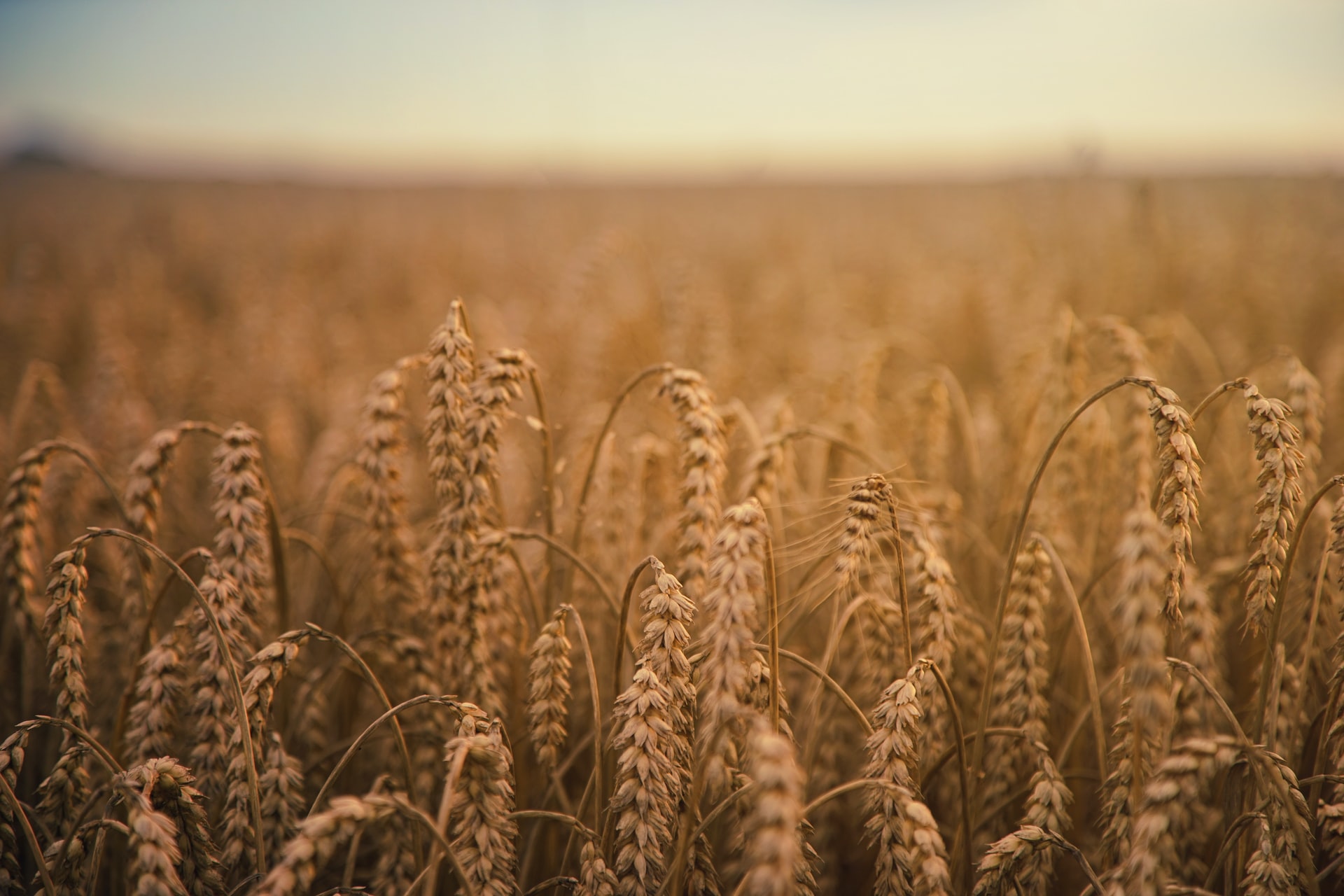Volatility and instability here to stay
By Matt Wallis
2nd March, 2022
The Volatility – ‘liability to change rapidly and unpredictably’
The rapid escalation of conflict in Eastern Europe is frightening, unprecedented and the toll on humanity is devastating. The uncertainty of the situation is driving Agricultural commodity markets into territory not seen in almost a decade. With Ukrainian ports closing, damaged infrastructure closing oilseeds crushing plants, errant missiles hitting bulk grain shipments, tough economic sanctions on Russia and possible issues with planting, the outlook for commodity markets can be summed up using one word, volatile.
Wheat, soybeans and corn are all surging with the former two commodities approaching 10-year highs. Crude oil traded over USD$100/barrel, up almost 100% year to date as the uncertainty around Russia, the second largest exporter of oil, makes an impact.
The value of agricultural trade out of Ukrainian and Russian ports is of significant importance to global markets. According to the February USDA WASDE report, these countries export a collective 60 million tonnes of wheat and 38 million tonnes of corn - representing approximately 30% of global wheat exports and 19% of global corn exports. Furthermore, Ukraine produce approximately 6-7 million tonnes of sunflower oil per year which is adding further pressure on what is already a very tight global oilseed balance sheet.
The heightened levels of volatility have been extraordinary for markets. In particular, wheat has been on a rollercoaster ride trading limit up, limit down then limit up again. Aussie wheat swaps are now well over AUD$450/tonne whilst Matif Rapeseed has breached AUD$1,000/tonne on the back of these uncertain times.
The longer this conflict lasts, the further we will encounter disruptions to global trade and that’s before we start on the production issues that could ensue.
Market participants may take some steps to reduce overall exposure for the time being as we gravitate from a market somewhat determined by fundamentals (supply and demand) to one politically charged and fraught with extreme volatility and unpredictability. Challenging at the best of times, this new trading environment makes it impossible to try to even imagine the future direction of market movements.
Furthermore, we should not ignore the fundamental issues lingering at present either. The US winter wheat crop is currently at the tail end of the emergence window with only 45% rated as good to excellent. That coupled with the potential for a delayed or worse Ukrainian corn sowing window due to commence in April/May could have huge ramifications on the global balance sheets.
Domestically, in the short term we will battle to capture the full value of market movements as shipping slots are already fully booked out for the next three months
One thing for certain is that we can only expect the uncertainty to persist whilst the variability in potential outcomes remains large. There are far more unknowns than knowns today.
Let’s hope for everyone’s sake, particularly those innocents in the midst of this conflict, that a level of humanitarianism can be met before any further irreparable loss and damage is encountered.
A peek into the sorghum world

The last couple of weeks have seen favourable weather conditions that have enabled growers to make solid progress into their sorghum harvest....
Read MoreOne eye on the horizon

With the 2021/22 harvest finally in the rear-view mirror for all but a few stragglers, the focus quickly shifts to marketing what unsold grain remains on-farm....
Read MoreHighlights of a memorable harvest

With the dust nearly settled on the 2021/22 harvest, it will be with mixed adjectives how we describe this one in the years to come.
Read MoreCanola growers prepared for price volatility

New season canola prices are starting the year in nosebleed territory relative to other years, which makes canola a very attractive option to growers in 2022 .
Read MoreKeeping all the irons in the fire

As harvest rolls into its fifth month through parts of New South Wales, growers and traders alike are now turning their attention to the considerable task of executing one of our biggest crops on record.
Read MoreDisruption in the feed grain sector

Australia's key atmospheric and oceanic indicators point to a continued La Niña weather pattern sticking around until at least February 2022.
Read MoreHeadwinds facing farmers in 2022

Harvest is slowly wrapping up on the east coast however the ever persistent La Nina continues to delay the placement of the final full-stop on this seasons bumper harvest.
Read More